After nearly 20 years in the dental field and practicing in both the clinical area (expanded function dental assistant) and the laboratory (in-house and commercial lab), I have experienced the transformation of the profession.
At first the crown and bridge (C&B) departments benefited from the introduction of trends in so-called digital dentistry, but not until recently did 3D printers and design software enter the area of dentures and removable partial dentures (RPDs).
Now the RPD department in Vega’s Dental Laboratory Solutions, located in Lima, Ohio, depends on the proper functioning and workflow of my scanner and printer, just as the C&B department depends on digital scans and milling machines.
Since I have 60 percent of my clients with traditional dental practices, I am allowed to make an unhurried transition in a staggered manner that permitted me to avoid a very expensive investment.
After going through an orientation process and attending several courses, I was convinced that an open system would serve best as my introduction to the digital world. An open system would give me the opportunity to benefit not only from the materials and platforms provided by a company but also let me integrate and adapt materials from other brands.
Benefits of Technology
My real intention was to get some help to manufacture my metal frameworks. During my orientation, I was attracted to the idea of scanning my models to send the files digitally and receive back an almost finished metal frame without going through the extensive work of designing, duplicating, waxing, casting, and finishing (just typing all that hurts my fingers). Even for those who send the models, a digital workflow like this could be of benefit. Travel time and shipping cost are reduced or even eliminated.
Shining 3D DS-EX would start my transition from an analog to a digital lab. The transition was made with both my new scanner and the help of third parties to manufacture for me. With that alone, I was immersed in a world of new opportunities.
After some weeks, I felt comfortable and confident, with a clear view of my next step. At the time, with a minimum investment and the help of new contacts, I observed a substantial economy of both cost and time of the process.
It was time for the second step. Until then, 100% of the production of the C&B department had been delegated: A client sent a case to me, I sent it to a third party, and they manufactured it in its entirety at a price that allowed us to win a limited profit. Making the laboratory participate in this percentage would represent an increase in production.
Now came the task of training and investing in equipment for the C&B department. Once ready, using third parties to design and mill, only staining and glazing were needed. With this new department running, more and better growth options emerged, of course accompanied by new challenges. Emptying impressions and making C&B models was not part of my plan.
The third step began with the arrival of AccuFab-D1, a Shining DLP 3D printer. This open system, in addition to having its own variety of materials, accepts the incursion of resins from other well-known brands. Vega’s Dental Laboratory Solutions adds digital models and more to the digital workflow. This made me curious to design and go after the addition of digital dentures.
Following my interest in designing, I opted for exocad, which, in addition to being an open system, is compatible and fits well with my other Shining 3D equipment. exocad provides a complete software solution for digital dentistry.
Today I can confirm that if the development of a digital workflow with limited investment is possible in a staggered way, then in return, it will offer an opportunity for growth. Of course, none of this would be possible without the support of suppliers and the technical support provided by Aurident.
Today, our dental laboratory scans, designs, and prints a good percentage of our total production (See Figures 1-6 for examples). This change to digital offers not only more opportunity, but also many more options for clients.
The technology has helped significantly in 2020 in terms of producing much-needed personal protection equipment.
Personal Protective Equipment mask being 3D printed.
Exocad provides a complete software solution for digital dentistry. Here, denture bases are being produced.
Vega’s Dental Laboratory Solutions scans, designs, and prints a large percentage of its total production. A model is shown here.
We are seriously considering adding a second printer and updating the scanner for the DS-EX Pro, which I used at Lab Day Chicago 2020. The fact that the camera moves to extend the scanning range and has more veils and more accurate cameras than previous generations surely makes it my correct choice.
To complete the family of Shining 3D products, the first generation of IOS Aoralscan was released in 2020 and it is designed to allow dentists to easily introduce their traditional practices to digital workflow. Unfortunately, after the launch in Chicago, the coronavirus pandemic spread in such a way that it limited many dental practices.
In what is and will be a new reality of life and doing business, implementing a digital workflow is an excellent alternative. The fact that clinicians can send their dental work to their respective laboratories through an email offers not only a real economic opportunity, but also reduces the possibility of contagion by contact.
In the same way that technology allows us to remain connected with friends and family during quarantine, digital dentistry also allows us to maintain a safe and more efficient working relationship between the dentist and the laboratory.

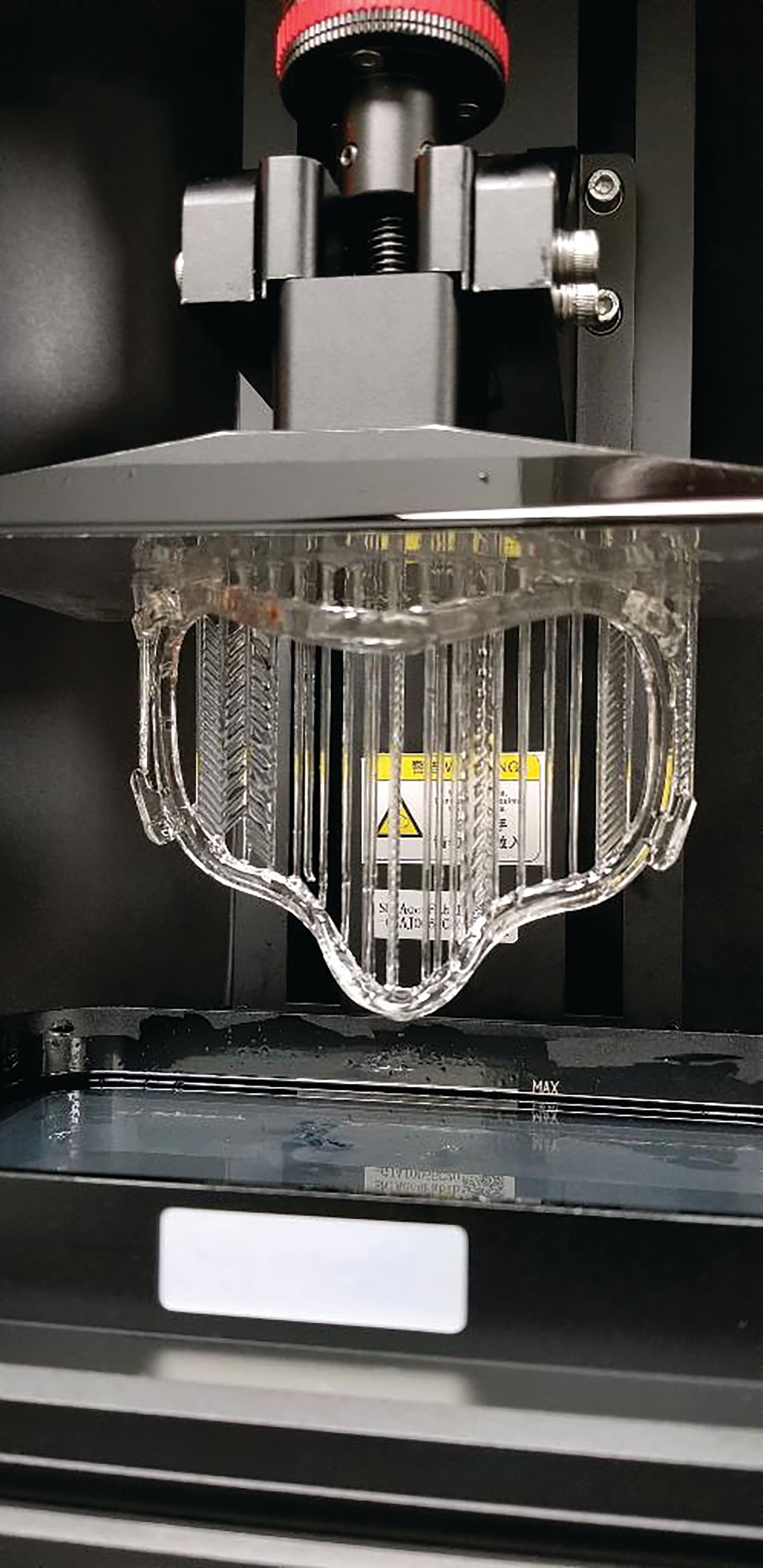
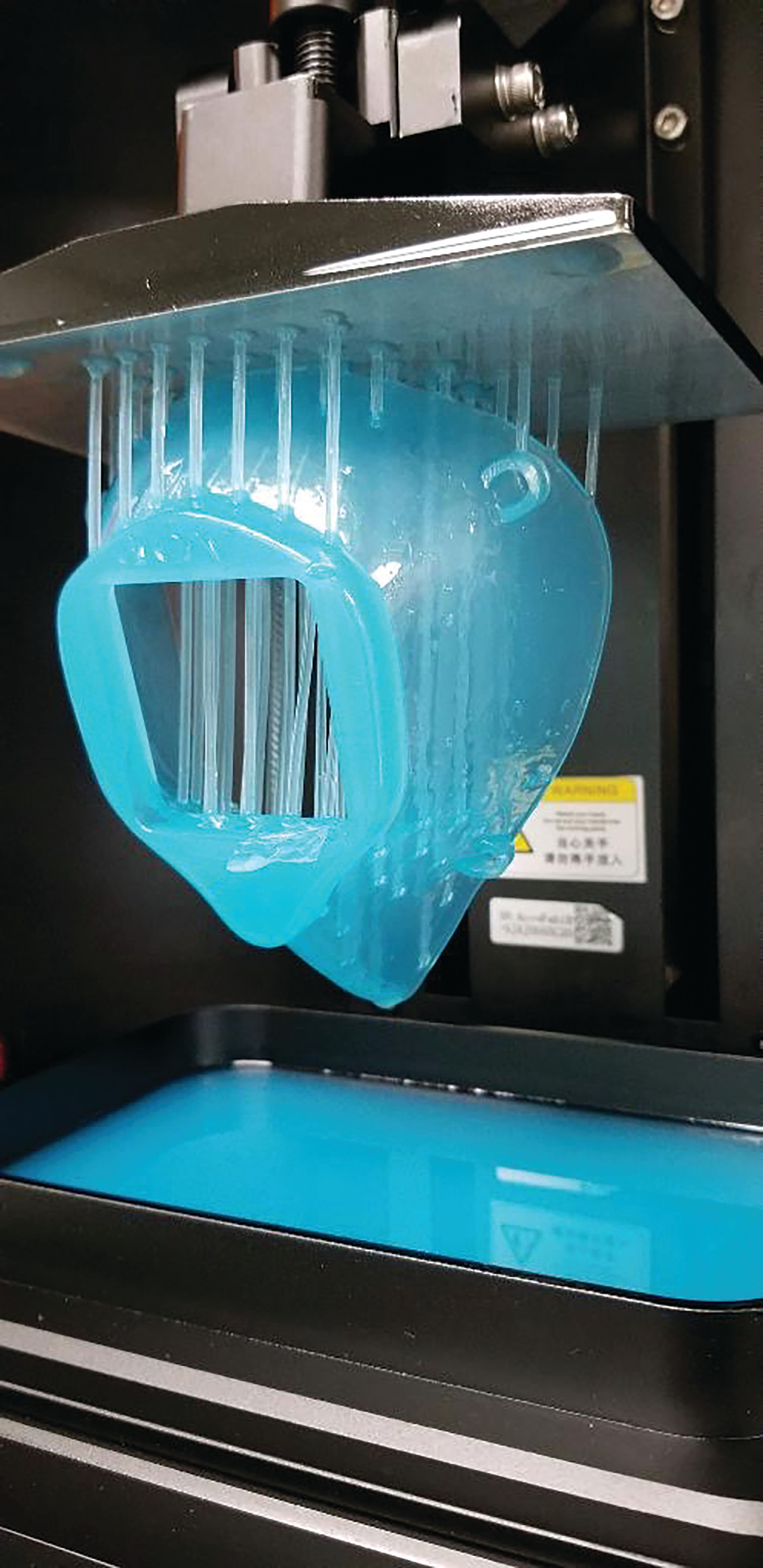

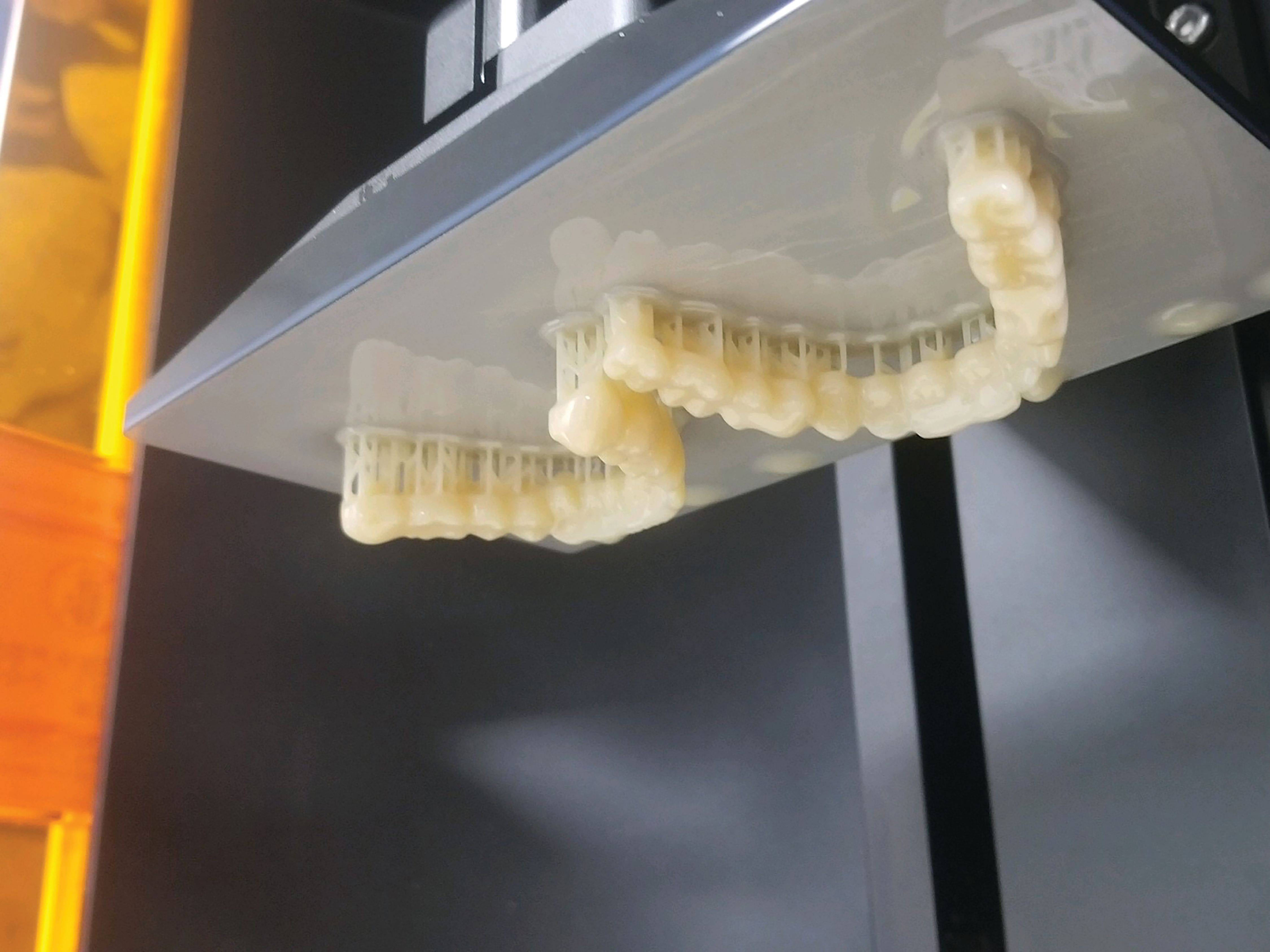
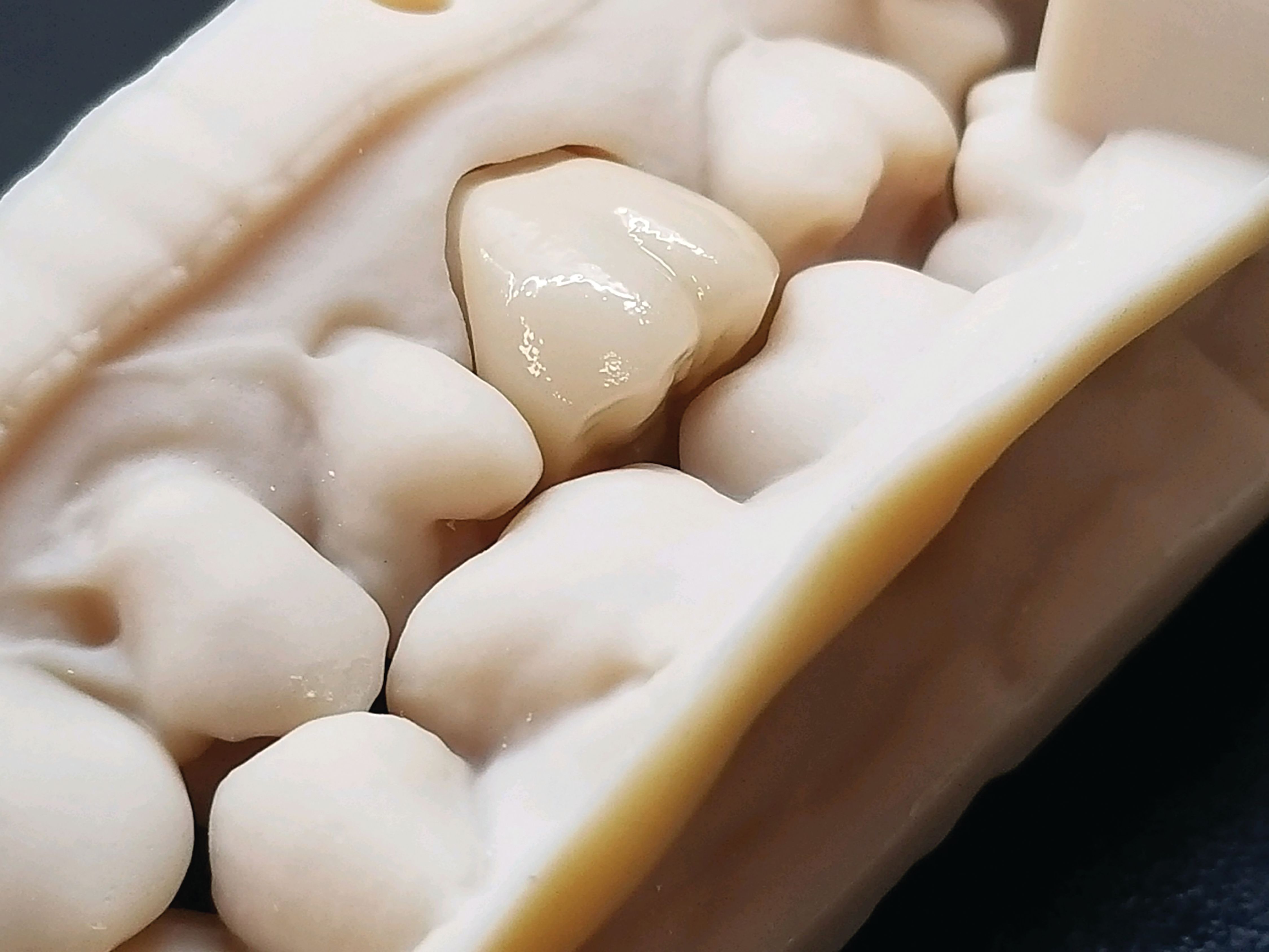
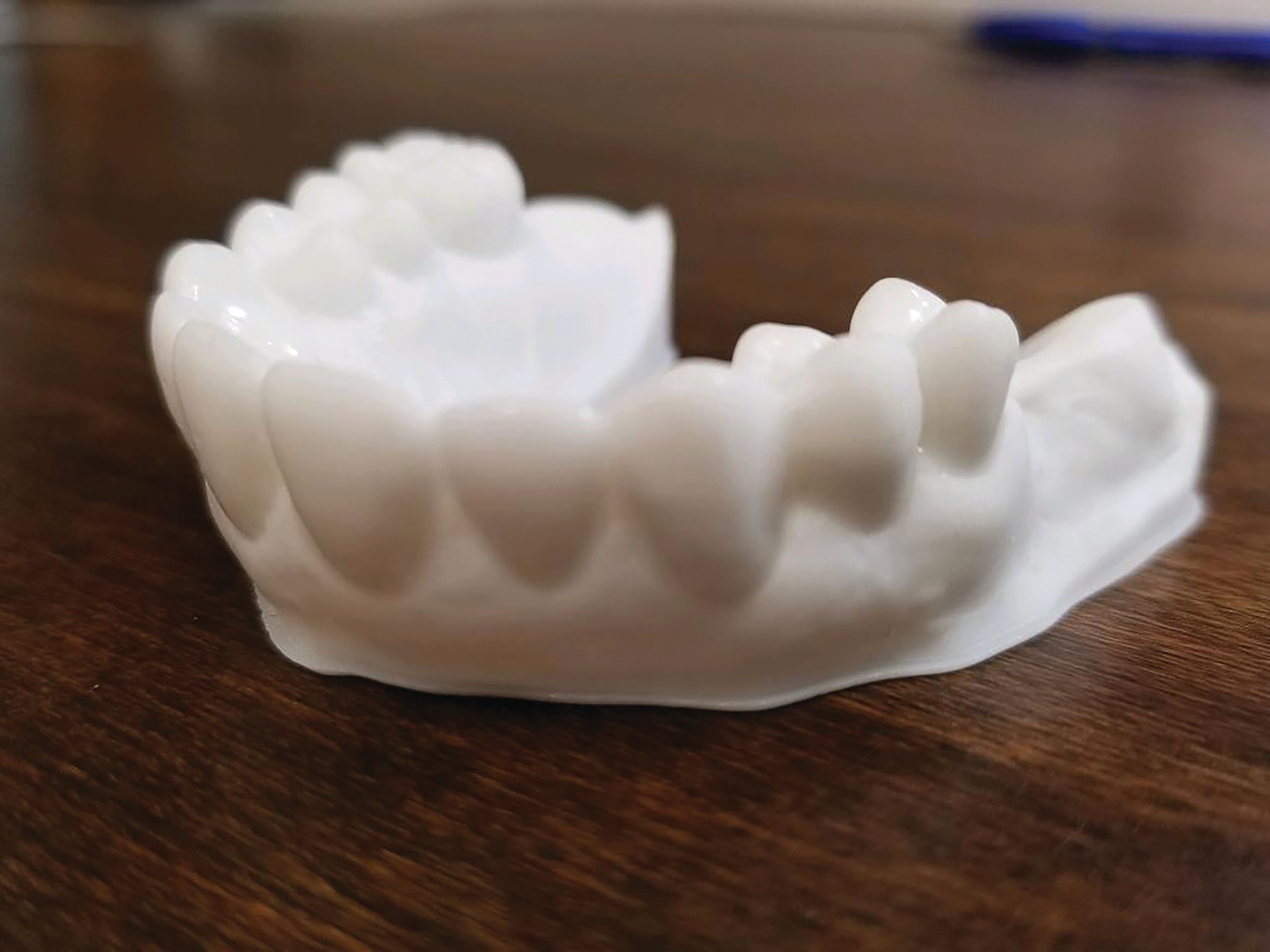
 Download Issue: Dental Lab Products October 2020
Download Issue: Dental Lab Products October 2020

